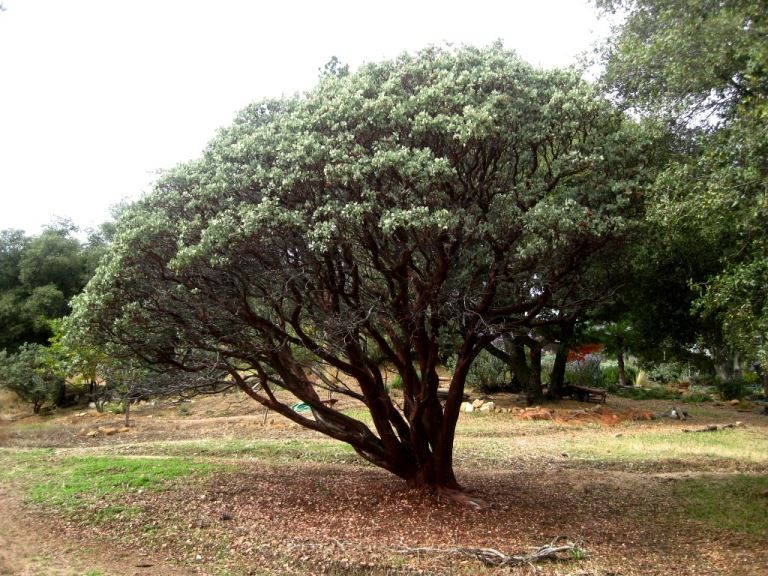Why plant the same things that everyone else does – ones that are sold in all of the local garden centers?
Your garden could contain unique colors, foliage and oddly-shaped plants for all to admire.
Here are a few suggestions.
Sea Holly
There are quite a few “black” flowers on the market. Black is usually a dark purple or blue but unless you look closely, you may not notice. ‘Onyx Odyssey’’ Helleborus is striking and ‘Silver-Laced’ Primrose stands out with bright yellow centers and white edges to make the black petals look even darker. If you would like an unusual potted plant, look for the Bat Flower. It is subtropical so bring it indoors when the nights start to cool off. For black foliage, check out ‘Black Mondo Grass.’
Blue Zebra Primrose is a truly unique flower with yellow and orange centers giving way to narrow striped petals of blue and white.
Corkscrew Rush Spiralis
Sea Holly looks like a cross between teasel and thistle and with its blue-purple coloring and grey foliage it is truly a beauty. Tell your friends that you’ve added Raspberry Mousse or Blue Wonder Toad Lily to your garden and watch their reactions
Tell your friends that you’re growing Spiny Bear’s Breeches and watch their looks of amazement. Some people who name plants truly have a sense of humor.
Other plants to check out are:
Japanese Blood Grass
Drumstick Allium
Blue Evening Primrose
Night and Day Snapdragon
Caramel Coral Bells
Corkscrew Rush Spiralis
Wheee Hosta
Cerinthe Blue Shrimp Pride Of Gibraltar (Blue Shrimp Plant - annual)
Red Edged Pig's Ear
Beargrass
Jack in the Pulpit
Gay Feather
Dutchman's Breeches
Have fun!!












